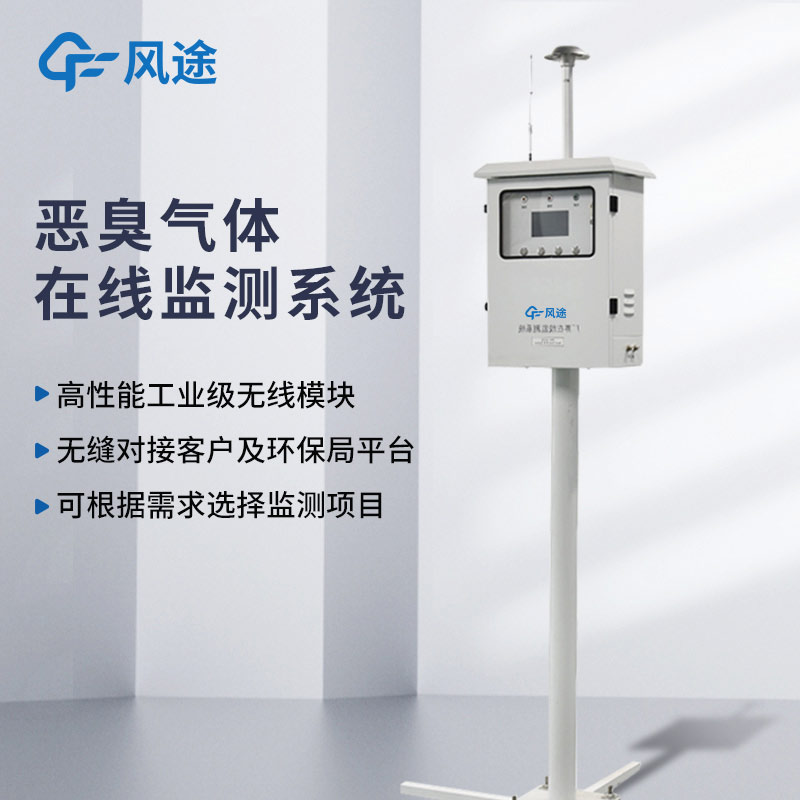Meteorological environment monitoring equipment supplier
Insist on doing high-precision customer favorite technology products
In the field of environmental monitoring, we often see that the unit of measurement for malodor is "dimensionless," which is quite different from the units of common physical quantities.
The dimensionless nature of malodor stems from its special measurement method. It involves continuously diluting the malodorous gas with odor-free air until the odor is no longer detectable by odor judges. The dilution ratio at this point is the value of the odor concentration, and since it has no conventional physical unit, it is dimensionless. For example, if a sample of malodorous gas is diluted 20 times with odor-free air and then becomes undetectable by odor judges, the odor concentration of that gas is 20 (dimensionless).
Why is this dimensionless method used to measure malodor? There are several main reasons. Firstly, the composition of malodor is complex, which may be a mixture of dozens or even hundreds of volatile substances, such as ammonia, hydrogen sulfide, mercaptans, and VOCs. Detecting the concentration of a single substance cannot represent the overall odor intensity, and determining all the components in the malodor is a complex and costly process. Secondly, different types of malodors may have synergistic or antagonistic effects; when mixed, the odor may be enhanced or weakened, and chemical analysis is difficult to quantify this comprehensive effect. Thirdly, the human sense of smell is highly sensitive to certain substances at extremely low concentrations. For instance, the threshold of mercaptan is as low as 0.0001 ppm, which is hard for detection equipment to achieve such high precision, but the human nose can easily distinguish it.
Now that we understand the reasons for the dimensionless nature of malodor, how to monitor malodorous gases in actual life and production? Here, we recommend the FT-EC04 Odor Online Monitor from Fengtu.
This system is developed in accordance with Emission Standards for Odor Pollutants (GB14554 - 1993) and Technical Specifications for Environmental Monitoring of Odor Pollution (HJ905 - 2017), and is suitable for places prone to generating odors. It consists of power supply, gas collection, sensor monitoring, data control, display, and transmission systems. Using unique compensation and anti-interference algorithms, through an array of sensors, it can detect 3 major categories (sulfur-based, nitrogen-based, and VOCs-based), including 8 single gases (ammonia, hydrogen sulfide, trimethylamine, carbon disulfide, methyl mercaptan, styrene, methyl sulfide, and dimethyl disulfide) as well as the composite malodor concentration OU value, totaling 9 parameters.
The gas collection system uses a sampling pump and a gas collection rod to collect air; the monitoring system analyzes odors through gas sensor detection modules and meteorological parameter detection modules; the control system collects sensor data and obtains accurate results through big data model analysis; the display system presents data via a 7-inch high-definition color screen, and can also be equipped with an external LED display or a large-screen control center; the transmission system supports multiple interfaces and protocols, enabling data transmission to the Anpal Smart Environmental Protection Supervision Platform, designated platforms, or environmental protection bureau platforms, etc.
